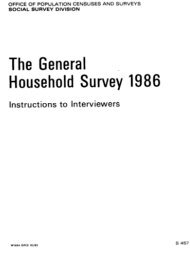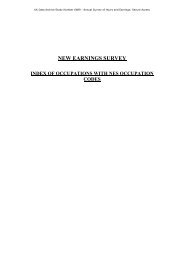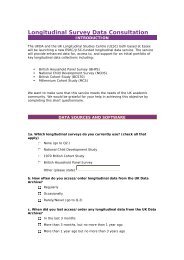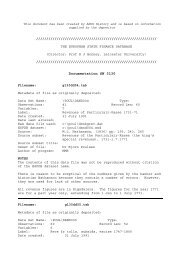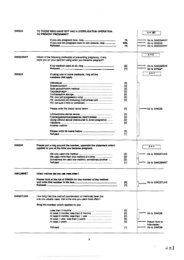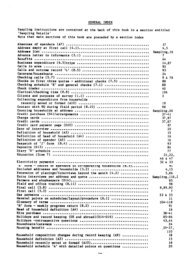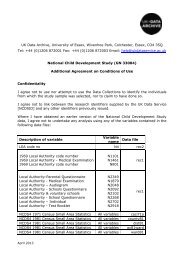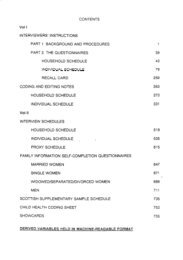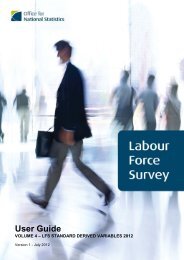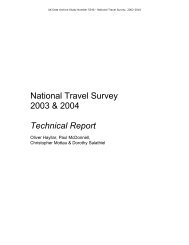ESDS Annual Report, 2008-2009
ESDS Annual Report, 2008-2009
ESDS Annual Report, 2008-2009
Create successful ePaper yourself
Turn your PDF publications into a flip-book with our unique Google optimized e-Paper software.
Measuring <strong>ESDS</strong><br />
This section provides a statistical summary of activity<br />
across all sections of <strong>ESDS</strong>. Figures are also produced<br />
in most cases for the previous reporting year in<br />
order to enable year on year comparisons. However,<br />
it is equally important, if not more so, to place the<br />
statistical evidence in a long-term context in order<br />
to provide a broader perspective. This represents a<br />
headline digest of the most interesting statistics<br />
collected about the service. For those requiring more<br />
detailed statistical information on the working of<br />
<strong>ESDS</strong>, the service provides quarterly statistical returns<br />
reporting against a Service Level Definition (SLD) to<br />
the JISC Monitoring Unit (MU). These are available at<br />
www.esds.ac.uk/news/jiscmu.asp.<br />
Data acquired and processed<br />
With the exception of the important international<br />
macrodata series, the data provided by the various<br />
sections of <strong>ESDS</strong> are acquired, processed and mounted<br />
on the download service for online access via <strong>ESDS</strong><br />
Access and Preservation at the UK Data Archive. Due<br />
to the special licensing arrangements relating to the<br />
international macrodata series these are acquired<br />
directly by <strong>ESDS</strong> International at Mimas, then<br />
processed and loaded onto the Beyond 20/20 data<br />
delivery server in Manchester.<br />
As shown in Table 1, the throughput of collections was<br />
broadly in line with 2007-<strong>2008</strong>, although with a small<br />
increase overall. Most significantly, there was a trebling<br />
in the number of new <strong>ESDS</strong> Longitudinal datasets<br />
and a doubling in the number of <strong>ESDS</strong> Longitudinal<br />
updates and new editions.<br />
Table 2 shows very significant increases in data<br />
processing for value-added delivery of <strong>ESDS</strong><br />
Government and <strong>ESDS</strong> Longitudinal datasets via Nesstar<br />
and for <strong>ESDS</strong> International via Beyond 20/20. The figure<br />
for <strong>ESDS</strong> Government is just short of a doubling and for<br />
Longitudinal it is five-fold. The total figure is up by 64<br />
per cent up on that for the previous year.<br />
Data access<br />
Users wish to receive data for research, teaching or<br />
learning in a variety of ways and forms, and meeting<br />
these changing needs and requirements is one of the<br />
challenges that continuously faces <strong>ESDS</strong>. In order to<br />
accommodate the wide range of data needs <strong>ESDS</strong><br />
provides a combination of data access tools. As a result<br />
of these multiple routes to, and forms of, data access<br />
it is not a straightforward task to measure data usage<br />
and certainly not easy, or in some cases appropriate, to<br />
attempt to compare the various usage figures across the<br />
component parts of <strong>ESDS</strong>.<br />
In outline, users of <strong>ESDS</strong> can access data in the<br />
following ways. For survey-type microdata, across<br />
all services, registered users have the option of<br />
downloading a data bundle directly from the data<br />
catalogue. These bundles relate to whole data<br />
collections or studies which in many cases will contain<br />
multiple datasets, and will also include files containing<br />
documentation, user guides and notes. Users can also<br />
request such data bundles to be made accessible to<br />
them by machine-to-machine file transfer protocol<br />
(FTP), or written to a fixed portable device (e.g. CD/<br />
DVD/USB) and sent to them, although the latter is<br />
declining significantly in demand. Data bundles can also<br />
be made available to users indirectly via third party<br />
access arrangements, most commonly university-based<br />
data libraries and sister data archives. All these forms of<br />
data download are reported in Table 3a.<br />
A subset of the micro survey data, primarily those<br />
supported by the four specialist units of <strong>ESDS</strong>, is also<br />
made available to users via the Nesstar online data<br />
browsing and visualisation tool. This allows users<br />
to download whole data collections as mentioned<br />
above, but also permits the user to define bespoke<br />
subsets, filtering on one or more variables within a<br />
given dataset. Additionally, the system can be used to<br />
generate aggregate tabular data in the form of two- and<br />
three-way tables, as well as graphical representations of<br />
these in the form of histograms, piecharts and in some<br />
cases maps. All of these can be saved to a local device<br />
(downloaded) or hyperlinked for sharing or future<br />
reference. Only the download of whole data collections<br />
is recorded in Table 3a.<br />
E C O N O M I C A N D S O C I A L DATA S E RV I C E A N N UA L R E P O RT AU G U S T 2 0 0 8 – J U LY 2 0 0 9 2 3



